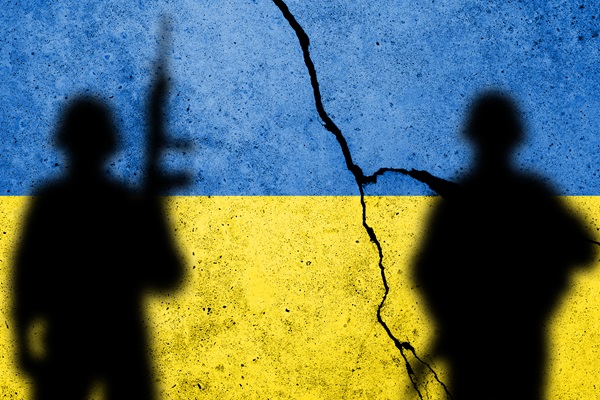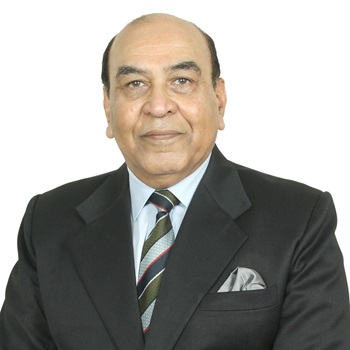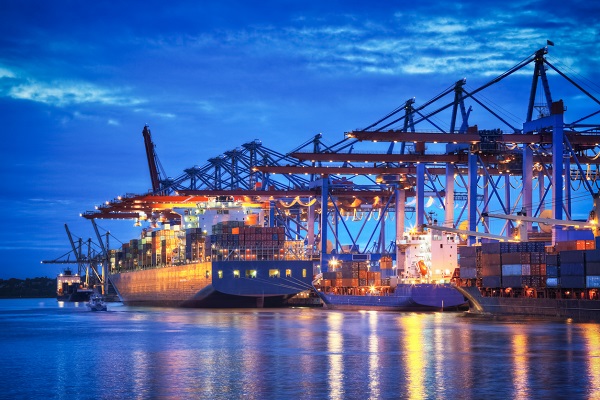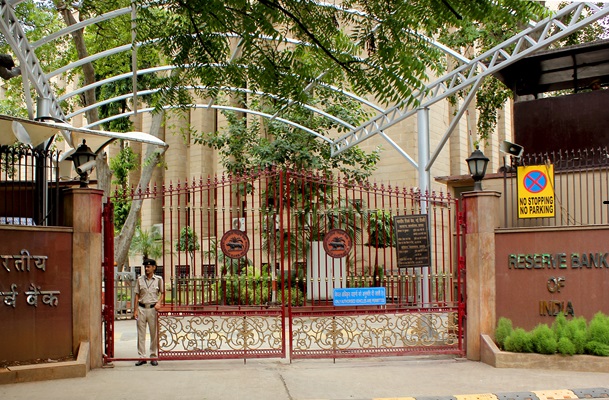.png)
Ukraine and Russia: Is There Still a Road to Peace?
With Gaza calming and Europe tiring, the world’s attention may turn again to Ukraine, where fatigue, not force, could open a window for peace.


Lt Gen Syed Ata Hasnain is a former Commander of India’s Kashmir Corps and Chancellor of the Central University of Kashmir.
October 23, 2025 at 9:55 AM IST
It all began with NATO’s eastward push into what Moscow calls its near abroad — the belt of former Soviet republics that Russia has long considered its strategic backyard. For the Kremlin, Ukraine’s tilt toward NATO was never just a political issue; it was a red line cutting through geography and memory. The Black Sea, its ports, and the land routes leading to Crimea have always been the lifelines of Russian power. When Ukraine drifted West, Moscow saw it as a creeping encirclement.
The result was the invasion that began in 2022, and the grinding stalemate that still defines Europe today. Ukraine has fought with immense courage and considerable Western support. But despite that, it cannot expel Russian forces from the Donbass region, where Russian-backed militias and troops hold firm. NATO will not join the battle with military commitment. On the other side, Russia has proved unable to push deeper west of the Dnieper River, where Ukrainian resistance remains strong. North Korean troops or anything like that, Russian demographics and strategic relationships do not afford such liberties. It is, in military terms, a deadlock, the kind that drains nations without altering front lines.
The war is now fleecing both Europe and Russia dry. Energy prices, reconstruction costs, and military expenditures are reshaping economies. The European public’s patience is thinning, and so is American enthusiasm. Every dollar or euro spent to sustain the war now feels like one that could have been used to rebuild, not destroy.
In Washington, President Donald Trump’s approach to the conflict is notably different from his predecessor’s. His policy is transactional. He sees Ukraine less as a moral crusade and more as a cost-benefit question. At times he has threatened to hold back resources from President Zelenskyy, only to later relent under pressure. His message is clear; he wants the war to stop, but he wants to do it on his own terms, and those terms do not necessarily align with Kyiv’s.
Putin, meanwhile, believes time is on his side. Sanctions have hurt Russia, but not crippled it. Oil continues to sell, often through alternative routes and friendly intermediaries. The Russian war machine still runs, funded by energy exports. Yet Putin, too, knows that his strategic goals have plateaued. He has secured most of Donbass, the Russian-speaking industrial belt he always claimed as his priority, and now appears willing to discuss a compromise, though on conditions favourable to Moscow.
That brings us to the present. Both sides are bloodied, neither side victorious, and the world watching. Something needs to break the impasse. The most urgent requirement is a set of effective interlocutors — trusted mediators who can talk to both sides without being dismissed as biased. The Europeans are exhausted and divided. China has tried to present itself as a peace-broker, but Ukraine views Beijing as too close to Moscow. India, Turkey, and perhaps even a small group of neutral states could offer a channel, provided both Kyiv and Moscow are willing to listen.
There is talk of a meeting between Trump and Putin in the coming weeks, though whether it materialises, and what it delivers, remains to be seen. If it happens, it could signal the first serious high-level contact since the war began. The trust deficit, however, is immense. Trump may promise to “end the war in 24 hours,” but the complexities on the ground defy such simplicity.
A realistic peace framework will have to address the obstacles that keep both sides locked in. For Russia, the essential demand is a written assurance that NATO will halt further expansion into former Soviet territories. This is not just about Ukraine, it extends to Georgia, Moldova, and other states on the Russian periphery. For Putin, this assurance is the symbolic guarantee that the West will stop “hemming in” Russia.
For Ukraine, the corresponding demand is a protective security arrangement, a multinational force kept at readiness just outside its borders, able to respond swiftly in case of renewed aggression. It is Kyiv’s insurance policy against future betrayal.
Here is where the United Nations could find a meaningful role, not as a distant observer, but as a proactive facilitator. An UN-backed verification and monitoring mechanism, combined with a multinational guarantee group, could give both sides something tangible. Moscow gets its written assurance, and Kyiv gets its protective umbrella. Such an arrangement would not end the conflict overnight, but it could freeze hostilities long enough for reconstruction and diplomacy to take hold.
The timing may also be ripe. With Gaza now showing signs of stabilisation, the international community’s attention can shift once again toward Eastern Europe. Global empathy, scarce as it has become, might finally refocus on the Ukrainian population, which has endured three years of bombardment, displacement, and economic collapse.
The portents are mixed. We cannot be naïve and assume that peace is around the corner. The rhetoric on both sides remains hard. Yet there is a narrow space for expectation. If Trump genuinely sees ending the war as a political trophy, he might invest his personal diplomacy in securing a face-saving deal for both leaders. If Putin sees an opportunity to secure his strategic perimeter while relieving economic strain, he could be persuaded to take it.
The challenge, as always, will be trust, or the lack of it. Trump and Putin have known each other long enough to understand each other’s ambitions, but not necessarily to believe each other’s promises. The question, therefore, is not whether peace can be declared, but whether it can be enforced.
NATO, for its part, must recognize that assurances are not concessions. A pause in expansion does not mean retreat; it can mean rethinking the architecture of European security to include new layers of stability rather than new lines of confrontation.
If that understanding takes root, then perhaps — just perhaps — the guns in Eastern Europe may fall silent.



